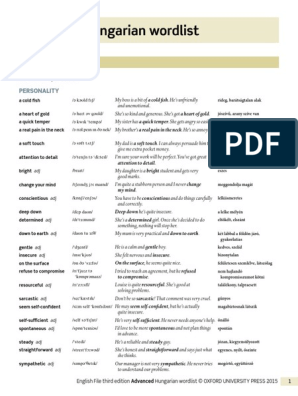0% found this document useful (0 votes)
88 views26 pagesEbook Talent Acquisition Mastery
The document outlines strategies and techniques for effective talent acquisition, emphasizing its importance for small and medium-sized enterprises (MSMEs). It covers key aspects such as employer branding, creating a compelling employee value proposition (EVP), and developing a strategic talent acquisition strategy to attract and retain top talent. The guide aims to equip HR professionals and business owners with practical tools to enhance their hiring processes and build high-performing teams.
Uploaded by
Jaswin JosephCopyright
© © All Rights Reserved
We take content rights seriously. If you suspect this is your content, claim it here.
Available Formats
Download as PDF, TXT or read online on Scribd
0% found this document useful (0 votes)
88 views26 pagesEbook Talent Acquisition Mastery
The document outlines strategies and techniques for effective talent acquisition, emphasizing its importance for small and medium-sized enterprises (MSMEs). It covers key aspects such as employer branding, creating a compelling employee value proposition (EVP), and developing a strategic talent acquisition strategy to attract and retain top talent. The guide aims to equip HR professionals and business owners with practical tools to enhance their hiring processes and build high-performing teams.
Uploaded by
Jaswin JosephCopyright
© © All Rights Reserved
We take content rights seriously. If you suspect this is your content, claim it here.
Available Formats
Download as PDF, TXT or read online on Scribd
/ 26

























































































